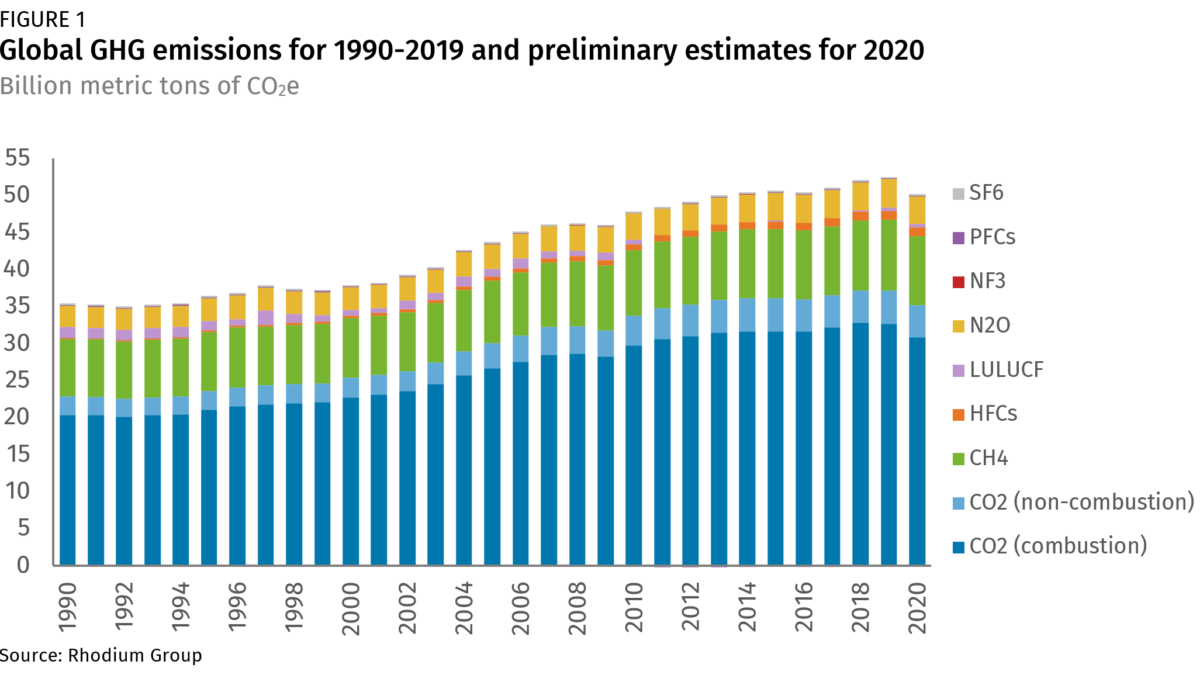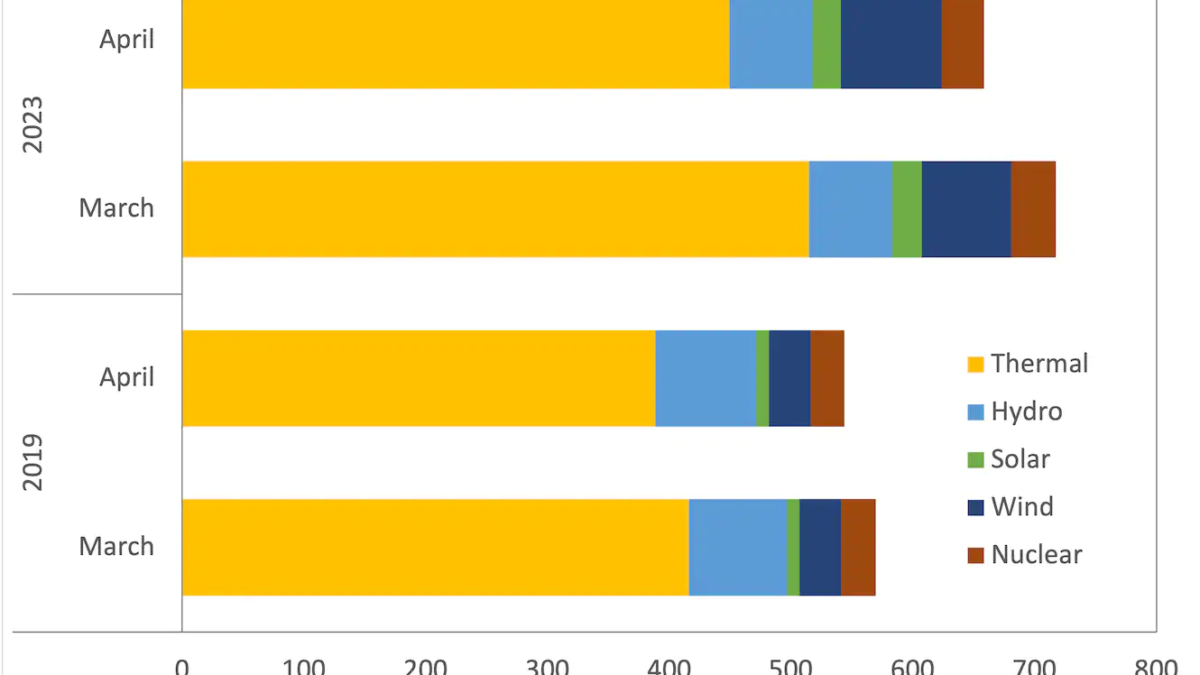Study finds there are four ways to reduce economic inequality: state collapse, pandemic, revolution, and “mass mobilization warfare”
By Ana Swanson
19 April 2017
(The Washington Post) – Rising economic inequality in the United States has been a major animating force on both the political left and the right. Whether it is Sen. Bernie Sanders promising to rebuild blue-collar communities or President Trump pledging to “make America great again,” today’s political platforms often revolve around a return to the perceived “normal” of a vibrant middle class and more equitable distribution of wealth that America experienced in the 1950s, ’60s and ’70s.
Yet with a broader look at history, it’s clear that period of falling inequality was the exception, and that today’s increasing inequality is more a return to the norm. And when inequality did fall throughout history, Stanford University professor Walter Scheidel argues in a new book, it tended to do so for very unpleasant reasons.
In The Great Leveler: Violence and the History of Inequality from the Stone Age to the Twenty-First Century, Scheidel examines societies from ancient history to the present. He finds that most societies gradually grew more unequal over time, and where those inequalities were leveled out, they were almost always done so by violent forces — war, revolution or plague. The work contains some shocking lessons about the nature of inequality and what that might mean for our future.
This interview has been edited for length and clarity.
WP: How does inequality today compare with history? When have we seen inequality peak, and when has it fallen?
Walter Scheidel: If you look over hundreds or thousands of years, you see a pattern of rising and falling inequality. But for most of history, inequality was either rising or stable at high levels. It’s rare for inequality to fall significantly. In that respect, the world we live in is a typical environment, in which inequality is rising or has reached very high levels in many countries.
WP: We saw an unusually large drop in inequality during World War I and World War II. Has that shaped people’s perceptions of what inequality should look like?
Walter Scheidel: It has. The postwar period, the ’50s, ’60s and ’70s, has become the reference point. In that period, economic growth was strong, the middle class was expanding, and inequality was low by current standards. But since the 1980s, growth has slowed, and what growth we have disproportionately benefits the famous 1 percent, at the very top at the income distribution. That marks a real change from the postwar period, and that is understandably perceived as undesirable. But if you look at history more broadly, it’s the postwar period that was anomalous. When Trump said, “Make America great again,” that implies there was once a period where things were better, and in people’s consciousness it is the postwar period, where you had strong economic growth, a strong middle class and low inequality. But that’s an unusual combination, and it’s difficult to see how we would get back on that track. [more]
History suggests there is a way to lower inequality. But you’re not going to like it


